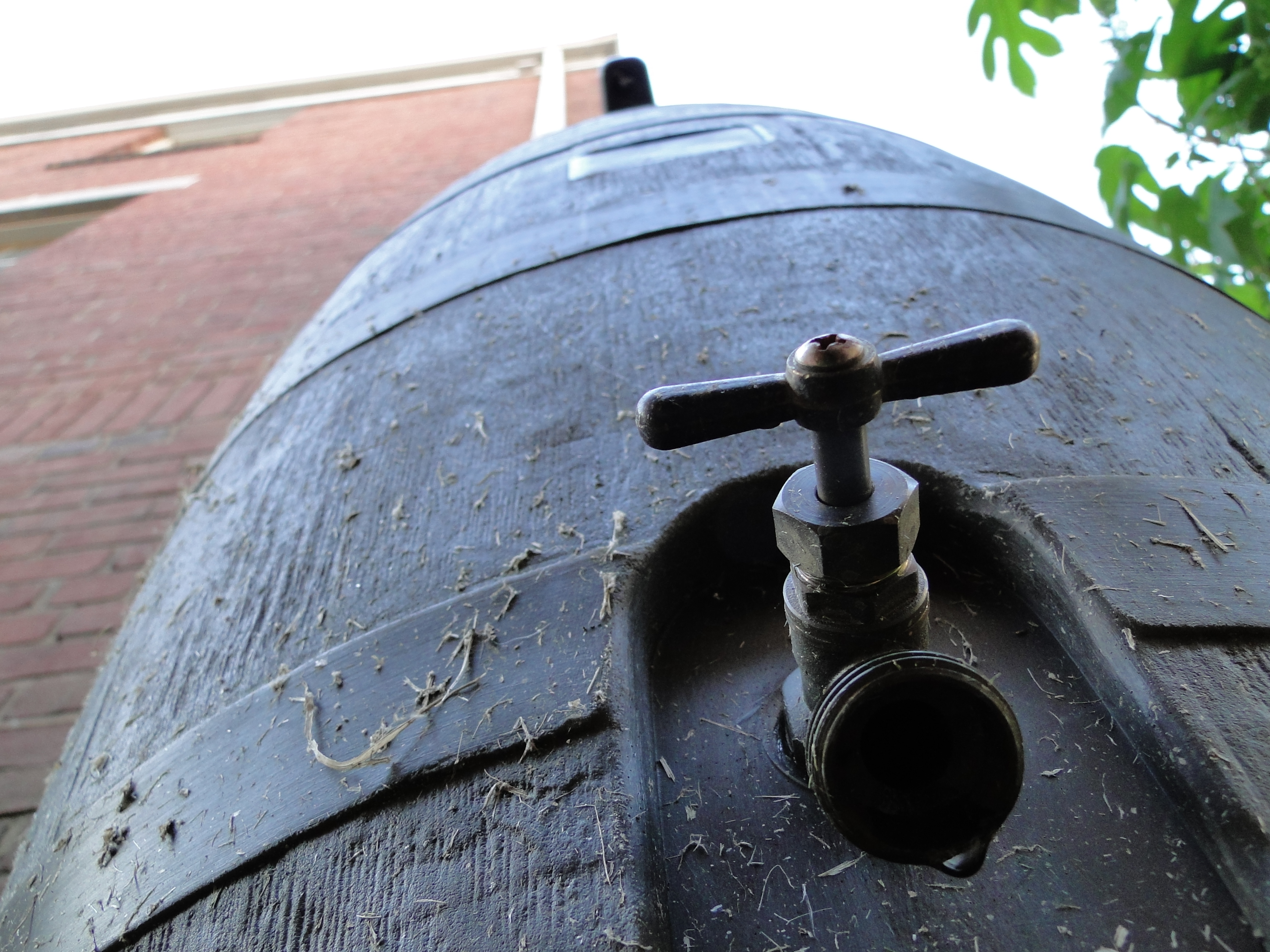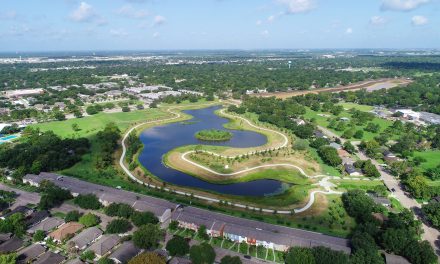In the face of drought and major water shortages, the U.S. increasingly is turning to alternative water sources like stormwater and graywater. However, guidelines and research on the risk of these water sources to public health and the environment are needed to support decisions for safe use, says a new report from the National Academies of Sciences, Engineering, and Medicine.
Stormwater and graywater could significantly supplement traditional potable water supplies using existing technology to capture and treat the waters, but currently there is limited information on the costs, benefits, risks, and regulation of such projects, the report concludes. For instance, more data are needed on the risks of human exposure, particularly on the types and concentrations of organic chemicals and pathogens that are likely present in these waters.
According to the report, one of the greatest hurdles to widespread stormwater and graywater use is the absence of risk-based guidelines that ensure water quality is protective of public health. Rigorous, risk-based guidelines could improve safety, reduce spending on unnecessary treatment, and assist communities that lack an existing regulatory framework for onsite water supplies. The committee recommended that the U.S. Environmental Protection Agency (EPA), a collaboration of states, or a collaboration of U.S. water organizations working with EPA develop these guidelines.
Currently, there is substantial variation in onsite stormwater and graywater regulations at the state and local levels. Regulations have not evolved quickly enough to keep up with advances in technologies and their use, hindering the capacity for stormwater and graywater to significantly expand the nation’s water supplies.
Changes in infrastructure will be necessary to take full advantage of both stormwater and graywater. The report recommends best practices and systems for the capture and use of stormwater and graywater. In locations where it can be stored in aquifers for use during drought or dry seasons, stormwater captured at neighborhood and larger scales can significantly contribute to urban water supplies. Groundwater recharge through stormwater infiltration is commonly practiced, but according to the report, the designs and regulations may not adequately protect groundwater quality, particularly when infiltrating urban stormwater.






